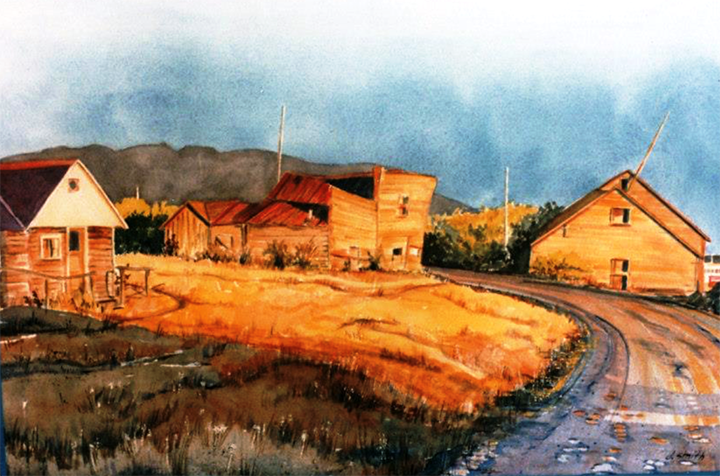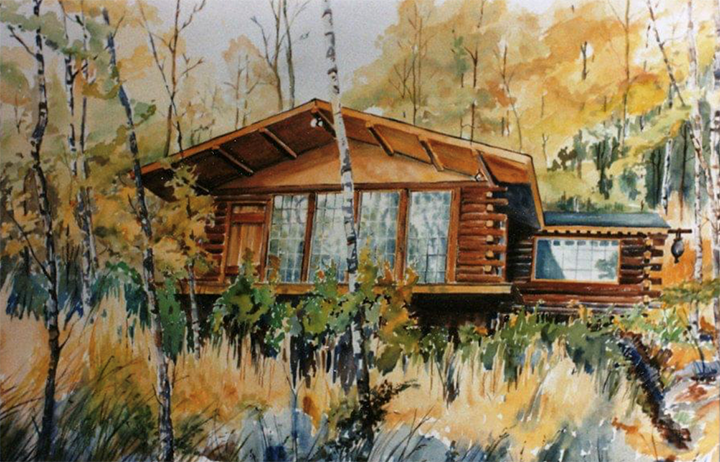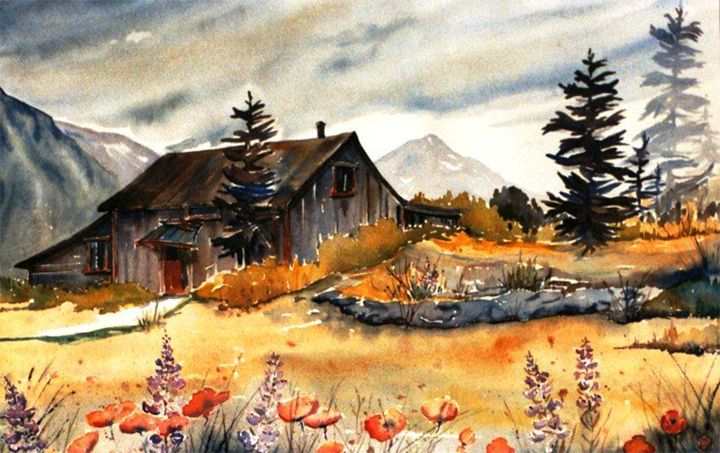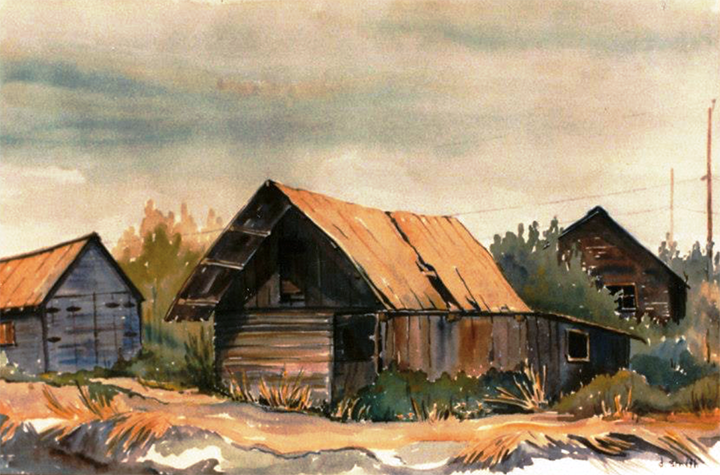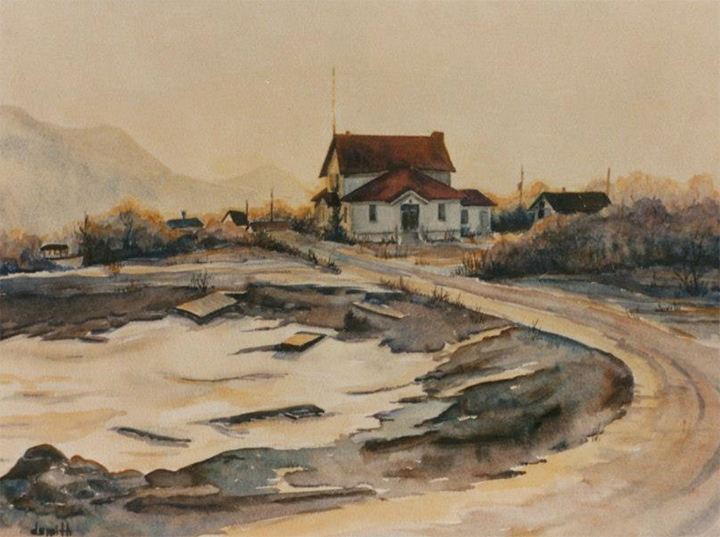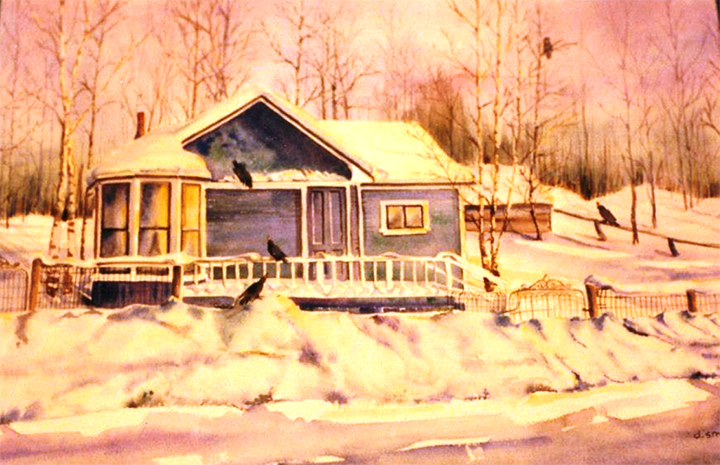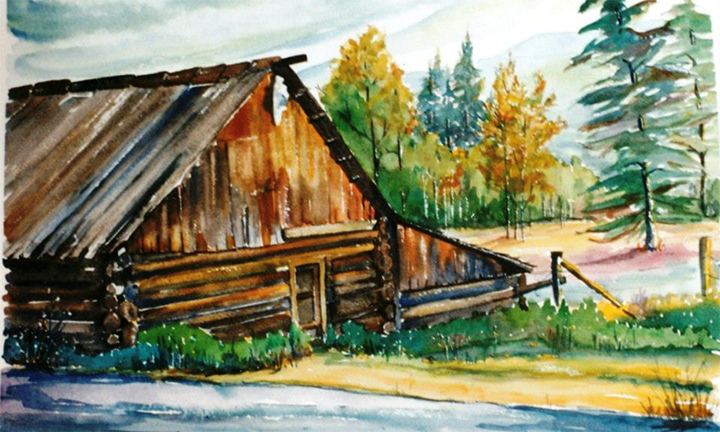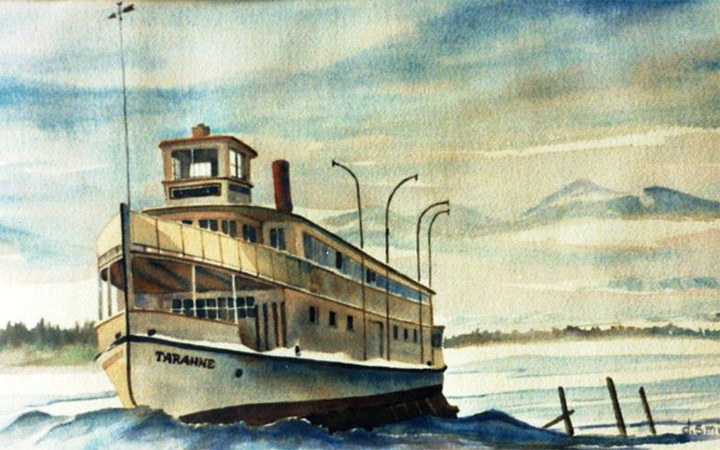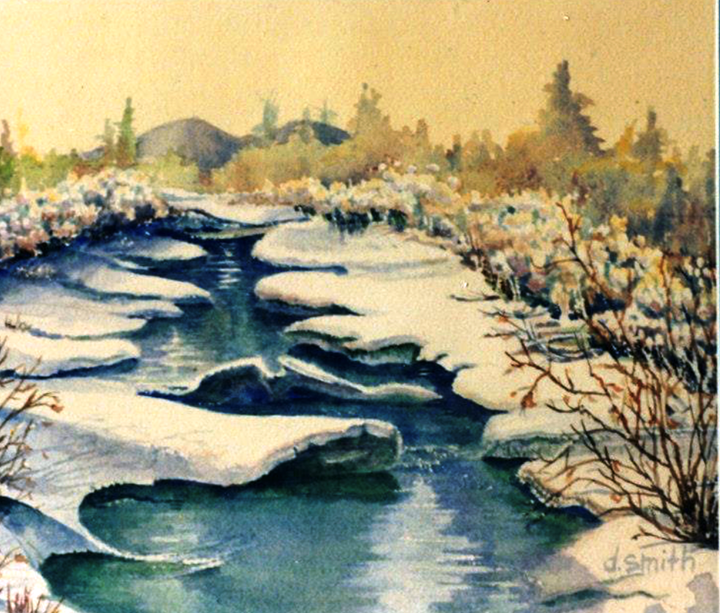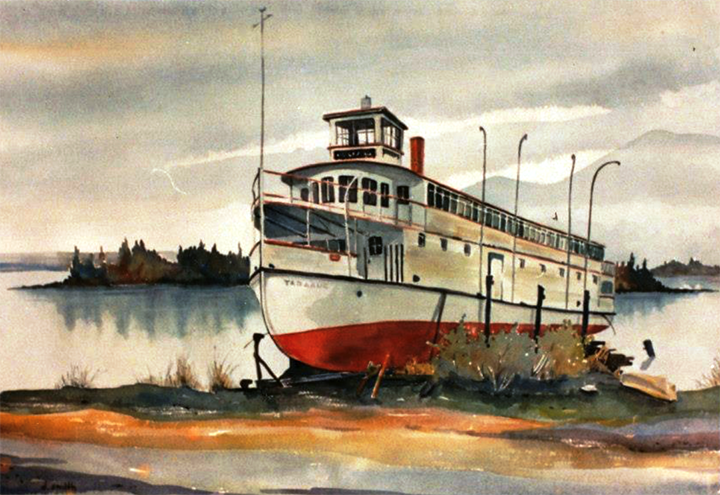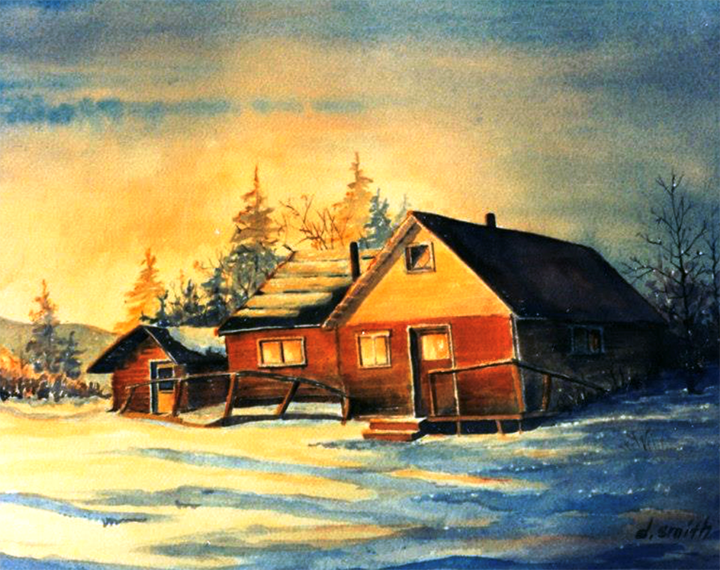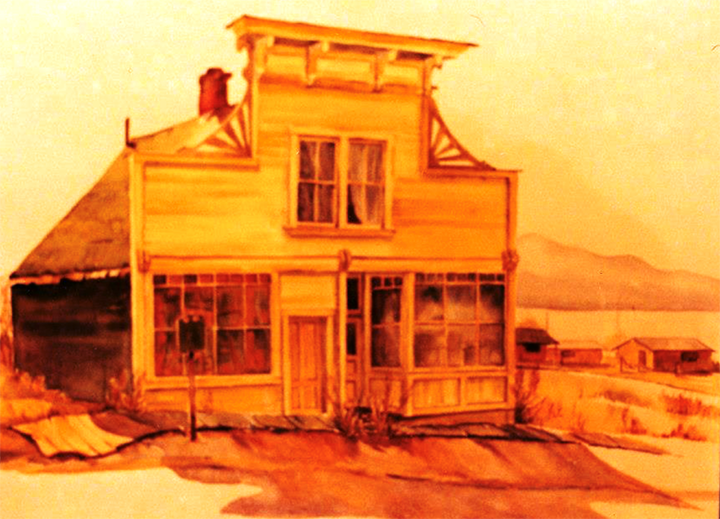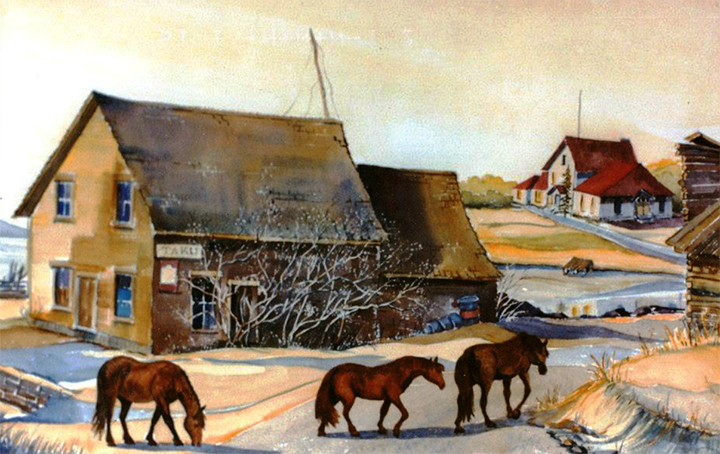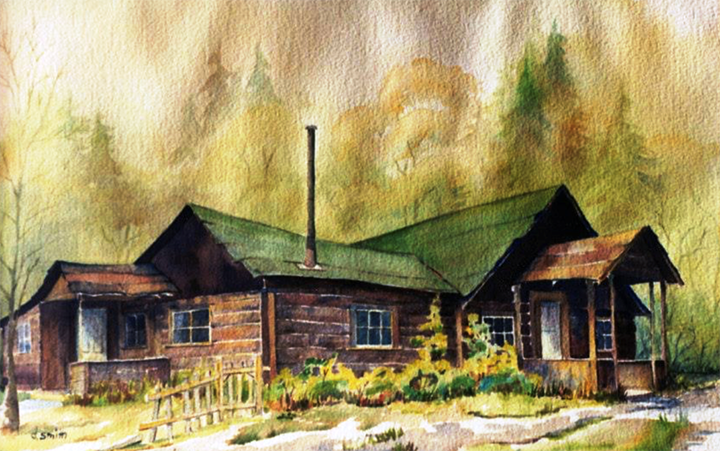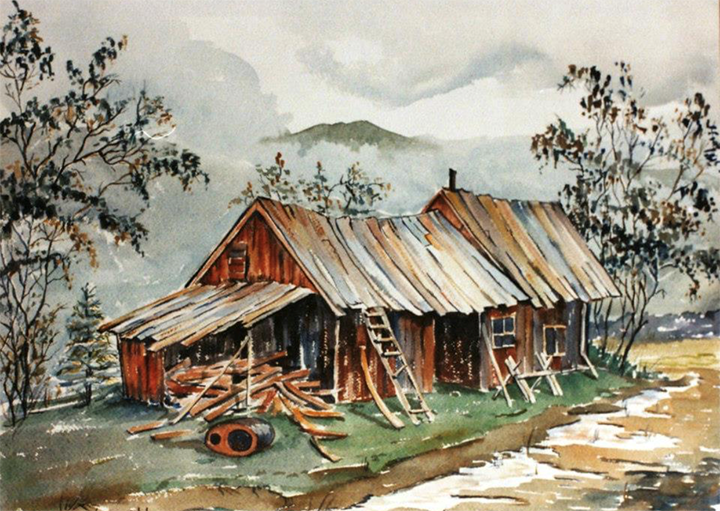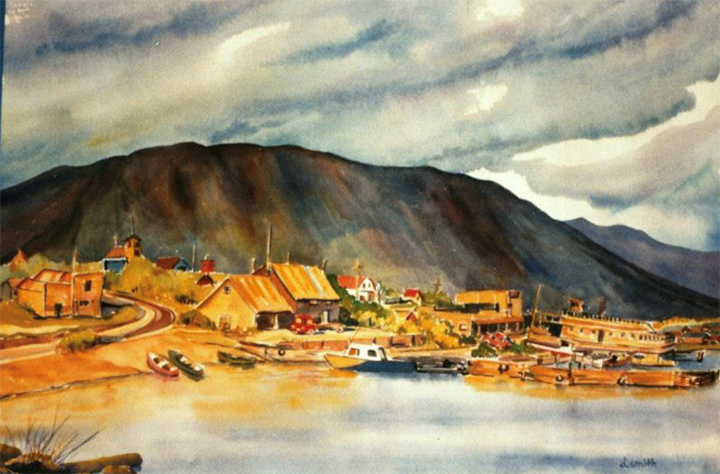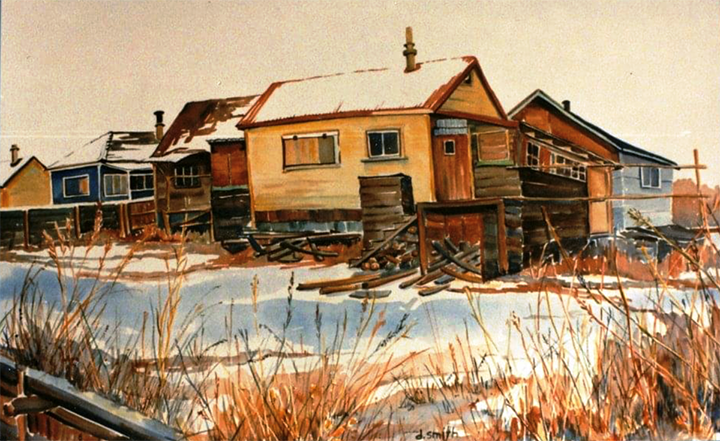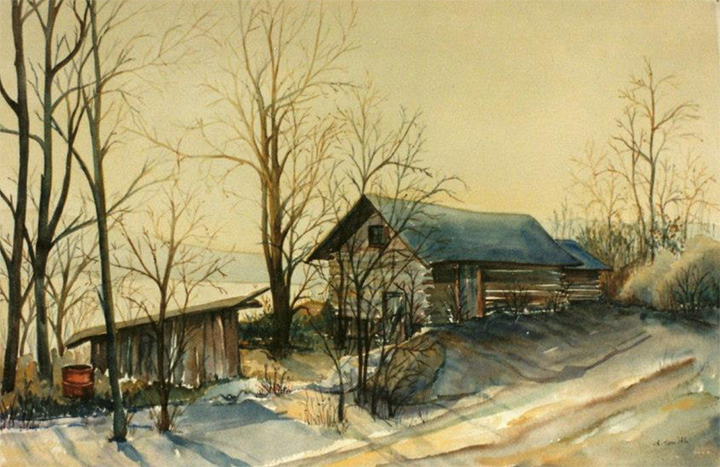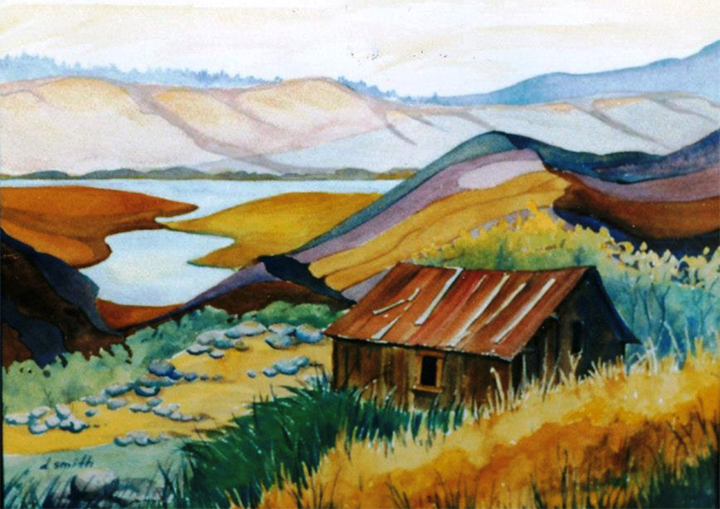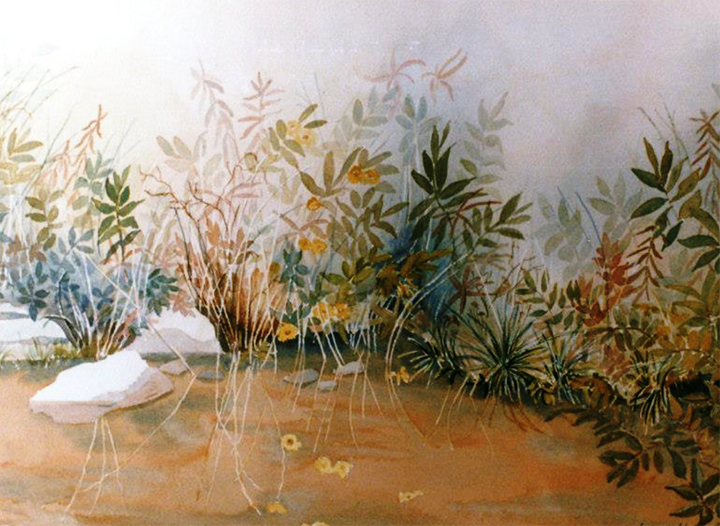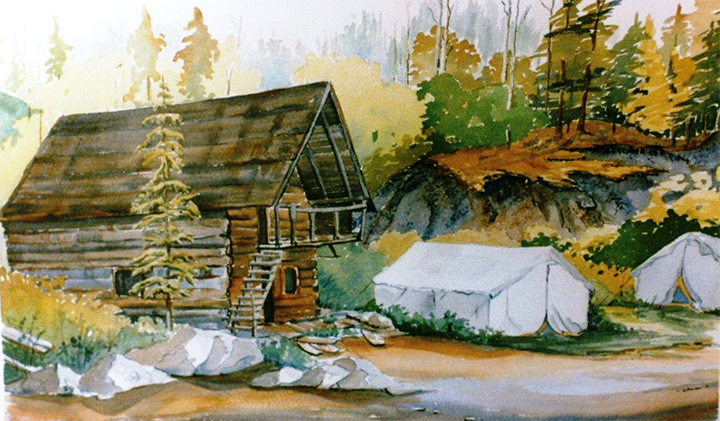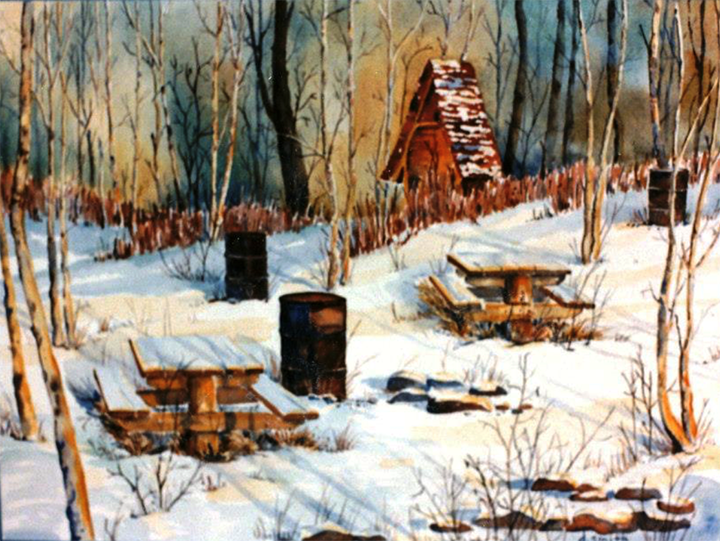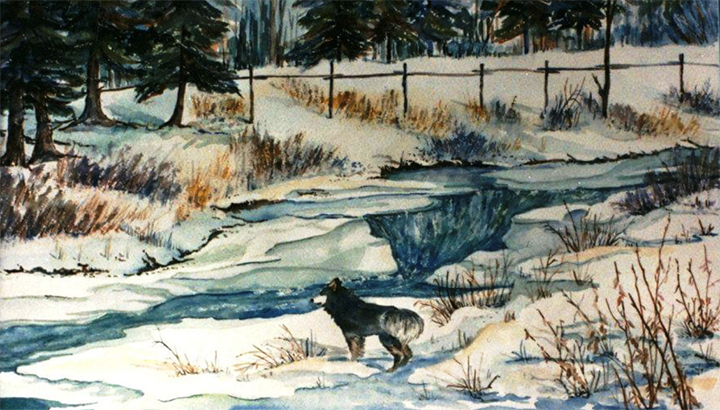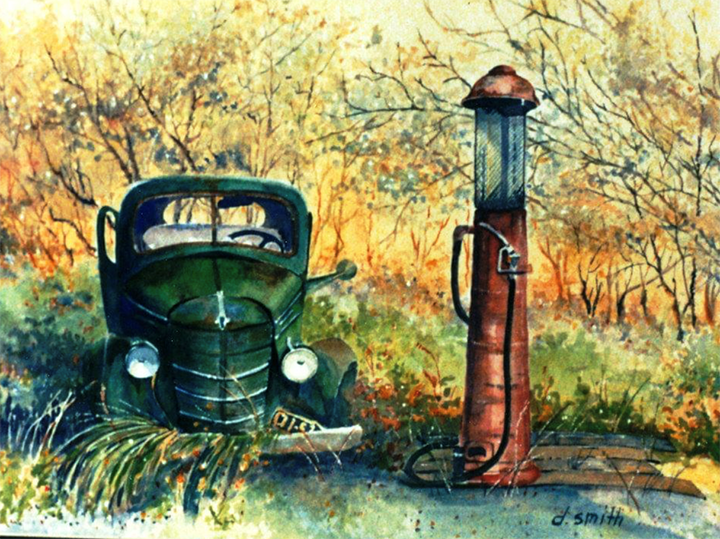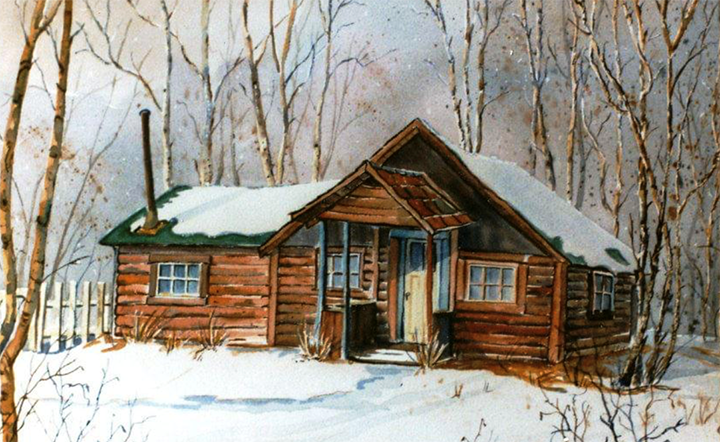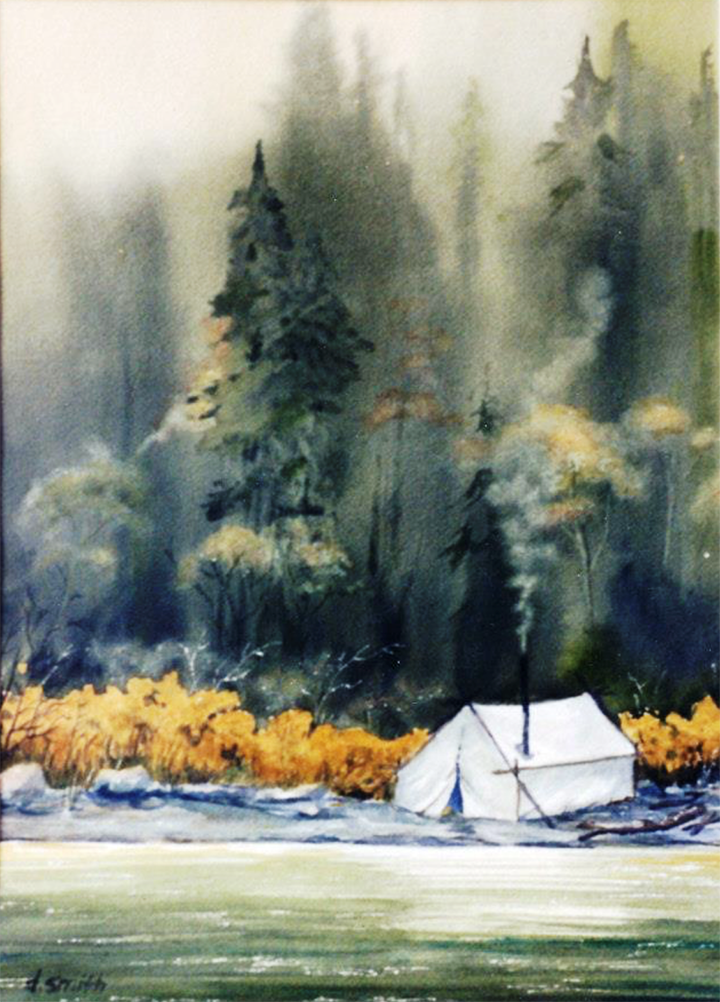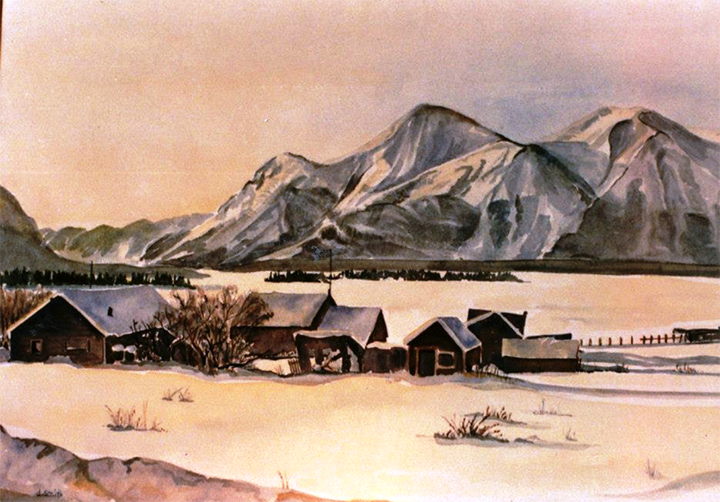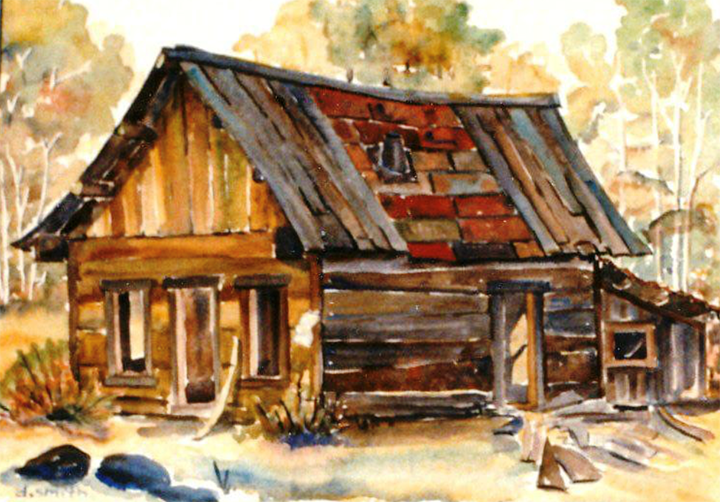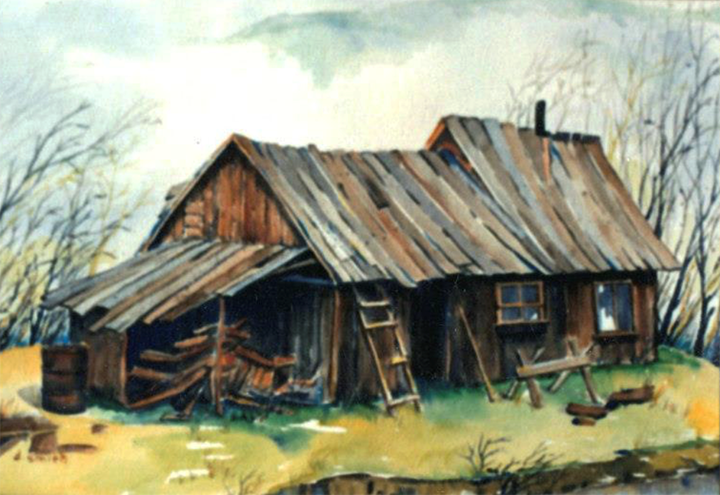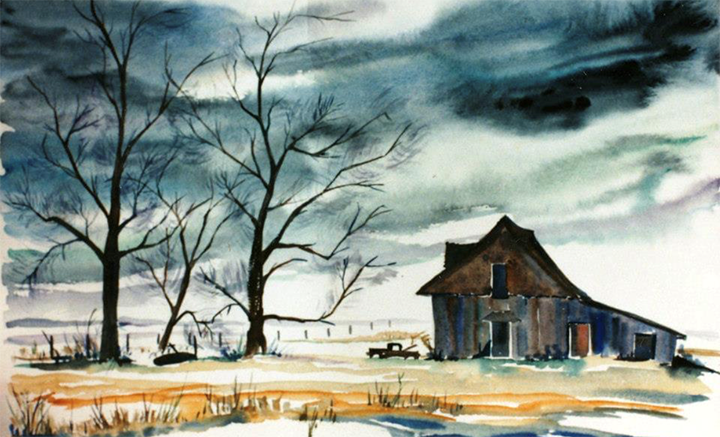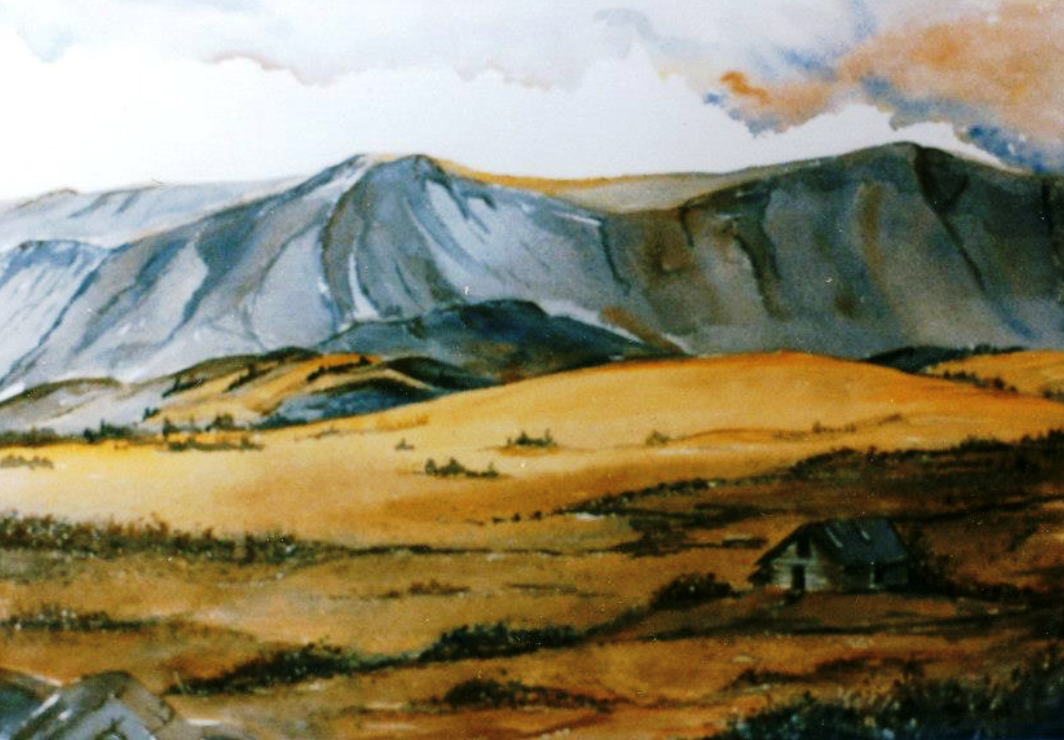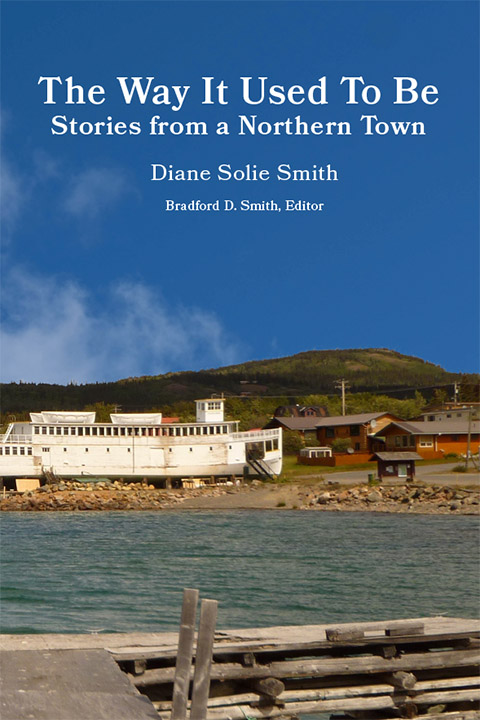
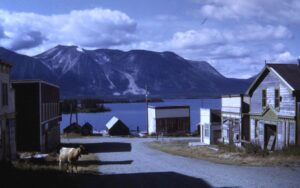 The Way It Used To Be
The Way It Used To Be
Stories from a Northern Town
Diane Solie Smith
These stories were first published in a small-town newspaper during the 1970s and tell of the lives and traditions of the humble yet extraordinary citizens of an isolated gold rush town that was almost forgotten by time.
Depicting the trials and tribulations, the tragedies and triumphs of life in an often-brutal landscape, the stories in this book will make you cry and laugh and feel a sense of awe and admiration. They might even make you yearn for a simpler life.
Read about the families who refused to let the town die and how their determination and a flood of new people brought it back to life during a time when the dog team was being replaced by the snow machine and the old timers remembered the Klondike gold rush.
Enjoy the often-hilarious antics of dogs and citizenry, have fun visiting a quaint and quirky small town with no running water nor TV, Internet, or cell phones and learn to appreciate the people who are okay with that.
Come to a northern town and see The Way It Used To Be
|
|
|
|
|
|
|
|
|
|
|
|
|
|
|
Author Diane Solie Smith
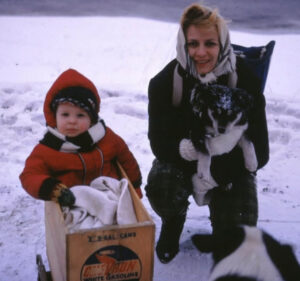 As a young girl, Diane was given Jack London’s book, White Fang, by her father. It is hard to say if that book ignited a lifelong calling to the north, but it is certain she ended up there.
As a young girl, Diane was given Jack London’s book, White Fang, by her father. It is hard to say if that book ignited a lifelong calling to the north, but it is certain she ended up there.
Born and raised in Washington state, her childhood was filled with fishing, hunting, skiing, and swimming. Little did she know then that she was preparing herself for her northern future.
While studying art at the University of Washington, she switched her major to engineering as she feared becoming another starving artist. Immediately after graduation, she accepted a job as a civil engineer at the Bremerton Navy Shipyard where she would be involved in, among other projects, modifying and developing the new steam catapult system on Essex class aircraft carriers.
It was while working for the navy that she learned of a job opening with the Coast Guard in Juneau, Alaska. Within weeks, she was Juneau’s newest resident. There she would marry and have a son. Diane soon grew tired of the hum-drum office life and although she had fallen in love with the north country and the people, she couldn’t help thinking there was more.
In 1967, with a relatively new husband and even newer son, she moved to Atlin, British Columbia. In those days, there wasn’t much thought put toward delineating borders between Alaska and Canada. The north was the north and that was that. The Canadian government seemed glad to have her and her family and four dogs and little fuss was made.
Diane knew when she first rounded the last bend in the road and saw Atlin Mountain and the beautiful body of water stretched out before it, that she had found her new and forever home. Although she often drew plans for Atlin’s new buildings, her engineering degree would mostly collect dust. On the other hand, her artistic talent served her well in the ensuing years, and at times, was the only thing that kept food on the table. Diane opened a gift shop and sold her own wares as well as offering space for other artists and craftsmen. At the same time, she and her husband put together a small museum. Diane readily turned over the museum to the newly-formed Atlin Historical Society. She kept active in the museum and the Society for the rest of her life.
Diane went on to write the quintessential history, Atlin: The Story of British Columbia’s Last Gold Rush with writing partner Christine Frances Dickinson. Diane also wrote several other historical publications that are still sold at the museum.
Diane lived the rest of her life in Atlin where she was, among other things, a business owner, a historian, a prolific artist well versed in multiple mediums, and a gifted archivist. She transcribed many gold rush journals and diaries preserving important local history.
Diane was a dog musher, a carpenter, a trapper, an author, a columnist, a single mother, and a champion of all things Atlin. She passed away in 2003 and was laid to rest on a hillside blanketed with wildflowers overlooking the land and town she loved.
Atlin, British Columbia
Paintings by Diane Solie Smith
Copyright various dates Bradford D. Smith
